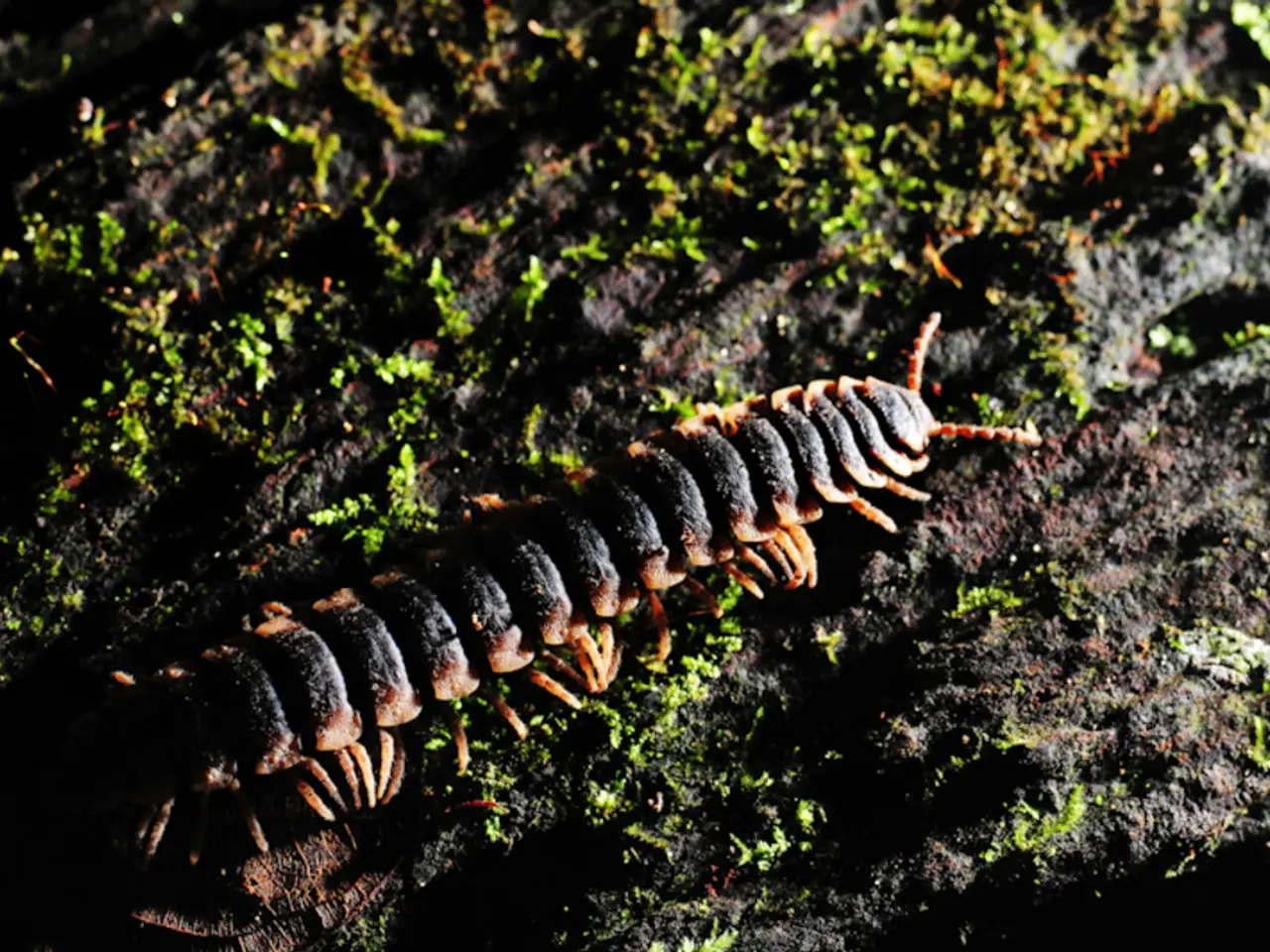Celestial Object, Previously Believed to Orbit Near Jupiter, Found to Possibly Collide with the Moon, Carrying a 3.8% Probability
Asteroid 2024 YR4, first discovered by the Asteroid Terrestrial-impact Last Alert System (ATLAS) in Chile on December 27, 2024, has been a subject of interest for astronomers and space agencies around the world. The asteroid, which is currently estimated to have a 4% chance of colliding with the Moon in December 2032, has been under close observation by NASA, ESA, and ground-based telescopes.
The shape of asteroid 2024 YR4 provides valuable clues about its structural integrity, which is crucial for determining how to deflect it if it is deemed a threat. The asteroid has a flattened, irregular shape, and dimensions estimated to be between 174 and 220 feet (53 to 67 meters) wide.
Research suggests that asteroid 2024 YR4 may have once been a boulder that sat on the surface of a large rubble pile asteroid. It is believed to have originated from an asteroid family in the main asteroid belt between Mars and Jupiter and may have drifted inward due to its retrograde spin.
The team behind the study found that asteroid 2024 YR4 likely originated between the inner and central main belt. The data gathered from the study will be used to assess the physical properties and shapes of potentially impacting asteroids.
Initially, NASA designated asteroid 2024 YR4 as a potentially hazardous object, with a nearly 3% chance of hitting Earth on December 22, 2032. However, subsequent calculations showed that it had a near-zero chance of hitting Earth, and NASA removed it from the list.
If asteroid 2024 YR4 does collide with the Moon, it would create a large crater roughly 1 kilometer in diameter, the largest lunar impact in about 5,000 years. The impact energy would be equivalent to approximately 5–6.5 megatons of TNT, but it would not measurably affect the Moon's orbit.
The collision would eject massive amounts of lunar dust and debris, some of which—up to 10%—could reach Earth, potentially producing a short-lived but visually spectacular meteor shower lasting a few days. This ejecta poses a significant hazard to low-Earth orbit satellites and future lunar operations, particularly threats to spacecraft such as NASA's Lunar Gateway and any moon surface missions.
Since asteroid 2024 YR4 has currently moved behind the Sun, new observations are limited until 2028, which will help refine impact odds and potential hazards. The Moon's risk of being hit by asteroid 2024 YR4 has been raised from 1.7% to 3.8% based on recent data collected by the Webb telescope and observations from ground-based telescopes.
The study on asteroid 2024 YR4 is set for publication in The Astrophysical Journal Letters, with Bryce Bolin, research scientist with Eureka Scientific, serving as the lead author. Ground-based telescopes from the International Asteroid Warning Network have been tracking the asteroid.
The asteroid's next close approach will be in December 2028. Until then, scientists will continue to monitor and study asteroid 2024 YR4, hoping to gain a better understanding of its behaviour and potential impact risks.
- The study on asteroid 2024 YR4, led by Bryce Bolin of Eureka Scientific, will be published in The Astrophysical Journal Letters, providing data on the physical properties and shapes of potentially impacting asteroids.
- Space agencies, including NASA and ESA, have been observing asteroid 2024 YR4, a boulder that originally sat on the surface of a large rubble pile asteroid, to determine its structural integrity and potential impact risks.
- In the future, if asteroid 2024 YR4 collides with the Moon, it could create a large crater and eject massive amounts of lunar dust and debris, posing a hazard to low-Earth orbit satellites and spacecraft such as NASA's Lunar Gateway and any future moon surface missions.
- Science and technology, particularly ground-based telescopes from the International Asteroid Warning Network, have played a crucial role in tracking and studying the behavior of asteroid 2024 YR4, as new observations will be limited until its next close approach in December 2028.




